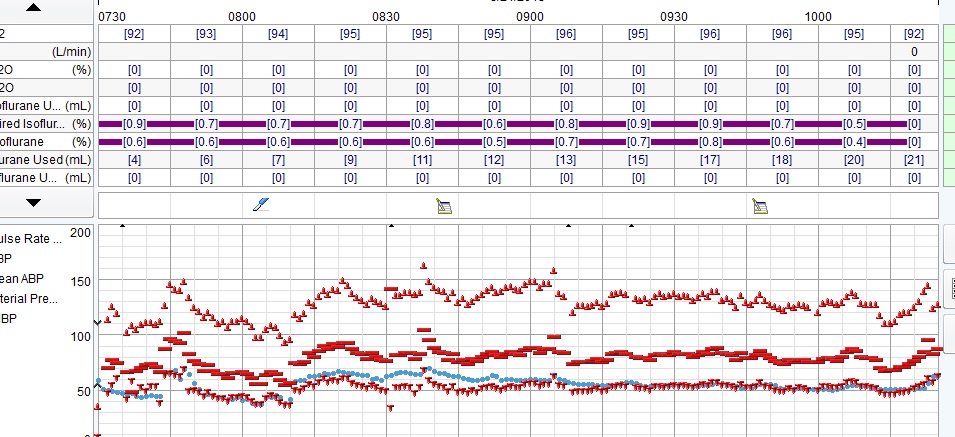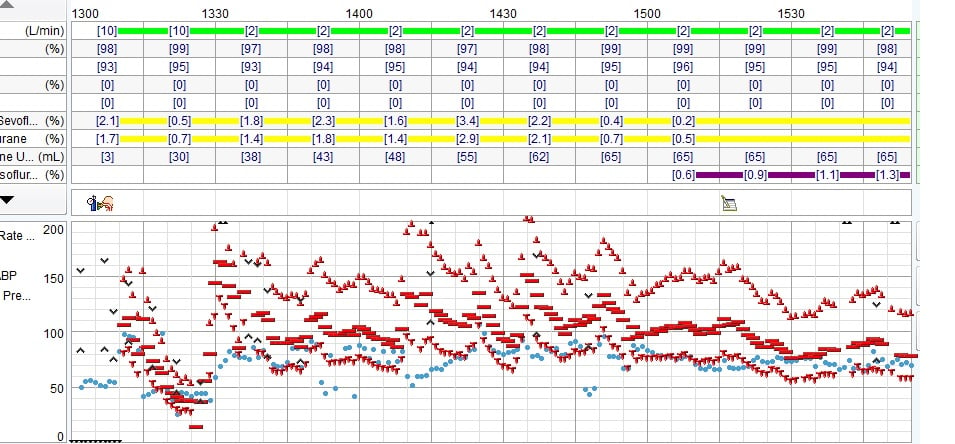BETHESDA, MD 01 Feb 2016—When the staff at Baystate Health in Massachusetts observed an alarming series of price increases for the vasodilator drug nitroprusside last year, the integrated health system took a strong step in response.
"
Over a period of time during 2015, we just basically booted nitroprusside out of the building," said Gary Kerr, chief pharmacy officer for the health system.
Nitroprusside and an inotropic drug, isoproterenol, sold by Valeant Pharmaceuticals International, Inc., were among the medications discussed during a December 9 Senate Special Committee on Aging hearing that examined sudden price spikes affecting off-patent drug products.
Valeant's website states that the company markets more than 200 prescription drug products. The company has made headlines and angered legislators by purchasing the rights to older drugs and then dramatically increasing their prices.
"We're very acutely aware of drug prices," Kerr said. "Part of our modus operandi here has always been to manage our drug utilization, our drug selection, and our budgets as thoughtfully as we can."
He said the "dramatic and sudden" increase in the price of nitroprusside was debated in a series of pharmacy and therapeutics committee meetings last year, with active input from three surgical departments and the emergency department physicians.
Kerr said the group compared normalized treatment costs for nitroprusside and two alternative drugs—clevidipine and nicardipine—and ultimately decided to drop nitroprusside from the formulary.
The new treatment cost for nitroprusside would be 8 to about 60 times the cost for the alternative drugs' vials or premixed injection, according to Kerr's figures.
Kerr said the health system's physicians supported the formulary decision even though it meant changes to patient care.
"There are some nuances with the drugs and their indications, but the docs are very, very cooperative with us. They know that the . . . drug formulary is a critical management tool for us," Kerr said.
Joel Melroy, manager of adult inpatient pharmacy services for Medical University of South Carolina (MUSC) Hospital Authority, similarly emphasized pharmacy's role in managing drug costs.
"We, as pharmacists, are in the business of ensuring that our patients have the best therapy and the most cost-effective therapy to the patient, to the hospital, and to the payer," Melroy said.
Melroy said last year's increases in the price of nitroprusside, a relatively low-use drug, weren't a major issue for the health system. But the increased cost of isoproterenol was a problem.
Melroy said the pharmacy team analyzed where and how the drug was being used in the hospital and concluded that stocking smaller vials of the drug would blunt the price increase.
"We've tried to soften the impact as much as we can by doing what we can—which is actually very little—to decrease the cost that the hospital and the health system is actually incurring," he said.
Jerome Wohleb, director of pharmacy services at Bryan Medical Center in Lincoln, Nebraska, said the pharmacy previously prepared i.v. bags with isoproterenol for use as needed in the cardiology service and the intensive care unit.
"Now, we don't mix it up until [it's time] to hang it, which means a physician says, 'I've got to have it,'" Wohleb said.
To similarly minimize the waste of nitroprusside, he said, "We've tried to reduce the sizes of our mixed products and watched how we are administering it."
Wohleb emphasized that the problem of price increases affects "substantially more" than just the two Valeant drugs.
He said the price for the 20 most costly drugs purchased by the hospital in the past 18 months has increased by 11%, on average, or about $2 million. For workhorse drugs that are widely used throughout the hospital, such as analgesics, anesthesia drugs, and surgical drugs, the cost increases over 18 months have ranged from 126% to 5000%.
Wohleb said his medical center "really is counting on the pharmacy to be a solution" to the problem of high drug costs.
"What we've done here to counter this change is to really beef up our clinical services, and try to work collaboratively with physicians, and target some of our expensive drugs so that we can appropriately use drugs that are needed," Wohleb said. He said an active therapeutic interchange program is a big part of that effort.
Jason Mills, pharmacy supply chain manager for MUSC Hospital Authority, noted that there are drawbacks to changing long-established medication therapy for reasons other than clinical benefit.
"The drugs in the Valeant catalog are staples. They're old drugs. They've got the proof that the evidence-based practice is there. It's really hard to drive practice change when you've got decades of proof that this agent is effective," Mills said.
Such changes also affect the implementation of order sets and various parts of the medication-use process.
"We heavily use barcode scanning on different phases of our distribution process," Melroy said. That means, he said, that whenever MUSC's pharmacy distributes a drug product that has a different National Drug Code number than a previously distributed product, "there is a lot behind the scenes that has to happen" to ensure the change is recognized by the order sets that specify the drug.
Mills said the same issues arise when the hospital makes purchasing changes in response to drug shortages. But he said there's often less mystery associated with shortages than with price increases.
"With a shortage, you're kind of dealing with a fixed timeline. Typically, you reach out to the manufacturers, and they give you an estimate as to when the product in question is going to get back into the supply chain or if it's been discontinued outright. So you have a little more clarity," Mills said.
Kerr said that in the past, Baystate took little notice of the weekly reports on drug price changes from the health system's wholesaler.
"We're paying attention right now," Kerr said. "You've got to have an infrastructure, and you've got to have people committed to this. . . . This is something you've got to manage every week, if not every day."
A statement posted on Valeant's website in response to the December 9 Senate hearing explains that because most hospitals use small amounts of isoproterenol and nitroprusside, the price increase "has had a limited impact on the average hospital's cost." The company also stated that it is working with "the small number of hospitals who use a large volume of the drugs" to provide "significant volume discounts."
Erin R. Fox, director of the drug information service for University of Utah Health Care, testified during the Senate hearing that she had called Valeant to negotiate price concessions for isoproterenol and nitroprusside.
"Each time I called, I was referred back to my wholesaler for the purchase price," she said. "Each time, the answer was, 'Talk to your distributor.'"
- See more at:
http://www.ashp.org/menu/News/PharmacyNews/NewsArticle.aspx?id=4301#sthash.rRUXrqZh.dpuf



